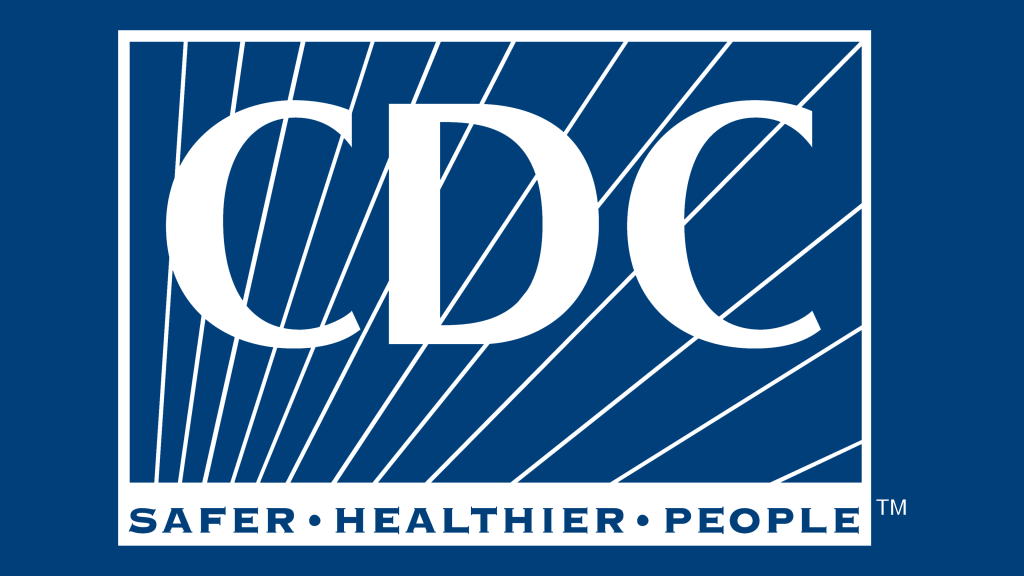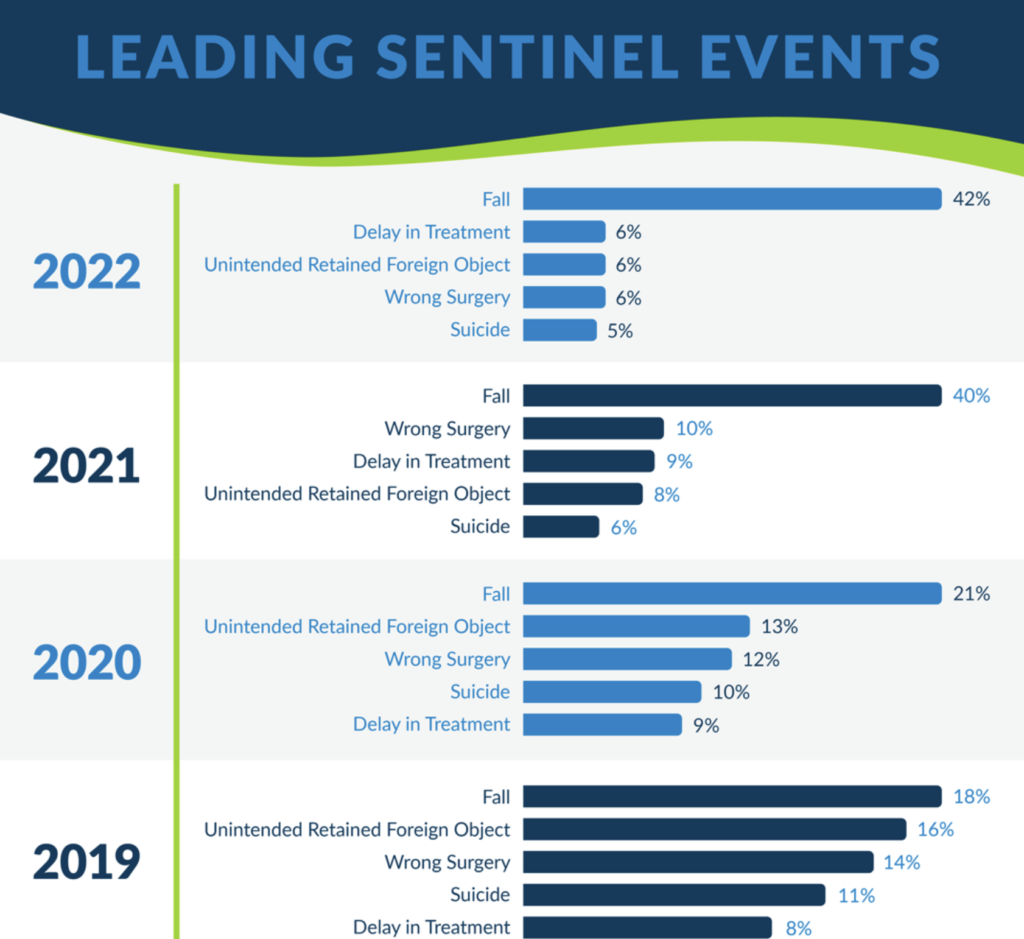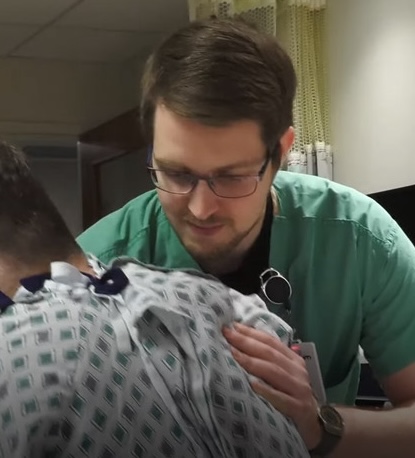Death from falls on the rise for older US adults
The rates of unintentional fall deaths increased for all older adult age groups between 2003 and 2023, says CDC National Center for Health Statistics
Death from falls on the rise for older US adults Read More »









